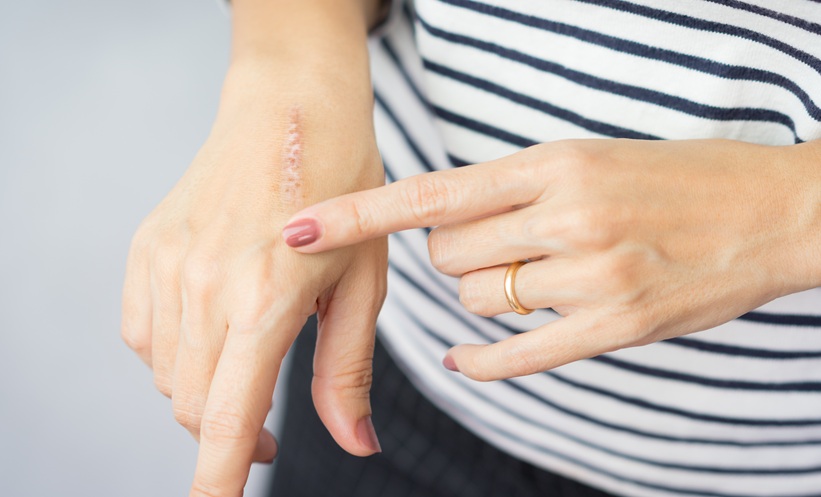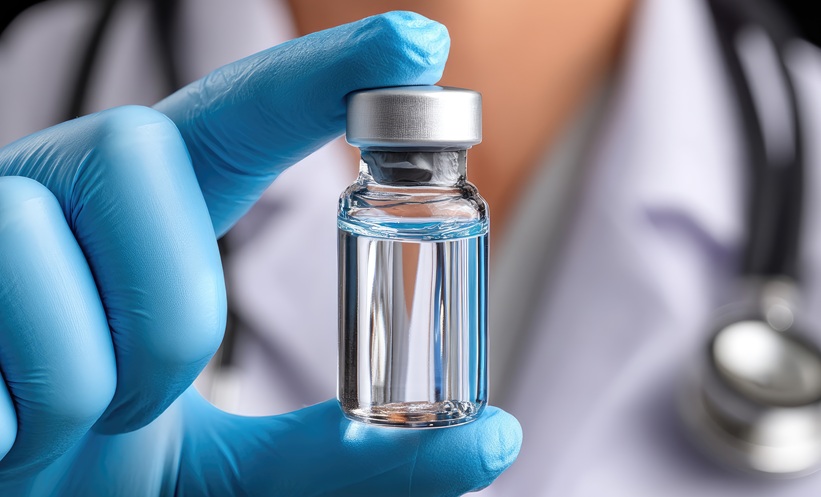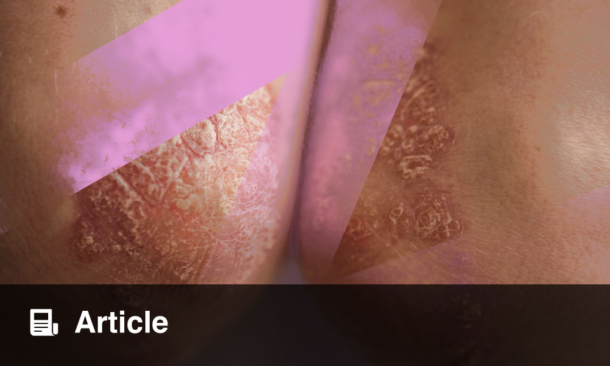A RECENT clinical study has highlighted the potential of a novel silk elastin-based sponge, SE-P47K-WAS, as an effective treatment for both acute and chronic wounds. Developed through genetic engineering, this gel-forming biomaterial aims to support wound healing by promoting granulation tissue formation, encouraging angiogenesis, and facilitating epithelialisation.
Wound healing is a complex physiological process involving four distinct phases: coagulation, inflammation, proliferation, and remodelling. Acute wounds, such as surgical incisions or burns, typically progress through these phases with minimal complication. However, chronic wounds, like diabetic or ischemic ulcers, often stall in the inflammatory phase due to impaired immune responses, making them notoriously difficult to treat.
SE-P47K-WAS has demonstrated encouraging results in a phase III trial involving 25 patients, most of whom had chronic wounds that had not improved after 28 days of conventional therapy. Fourteen days after treatment with SE-P47K-WAS, 90% of patients achieved a “well-prepared wound” (WPW) – a benchmark defined by healthy granulation tissue covering 80% or more of the wound, less than 5% necrotic tissue, and no signs of infection. By comparison, only around 34% of patients treated with standard negative pressure wound therapy (NPWT) reached this outcome in similar studies.
Unlike traditional wound dressings, SE-P47K-WAS dissolves on contact with wound exudate and forms a hydrogel at body temperature. This gel conforms to the wound bed, improving contact and aiding macrophage migration – key to the healing process. Importantly, the treatment was well tolerated, with only one case of infection reported.
While the findings are promising, limitations remain. The study had a small sample size and lacked a control group, and long-term outcomes such as scarring and infection recurrence were not fully assessed. Nevertheless, SE-P47K-WAS appears to offer a safe and effective alternative for wounds that fail to respond to conventional therapies, potentially redefining wound care in both hospital and outpatient settings.
Reference
Sawaragi E et al. A prospective multicenter phase III clinical trial evaluating the efficacy and safety of silk elastin sponge in patients with skin defects. Sci Rep. 2025;15(1):11279.








